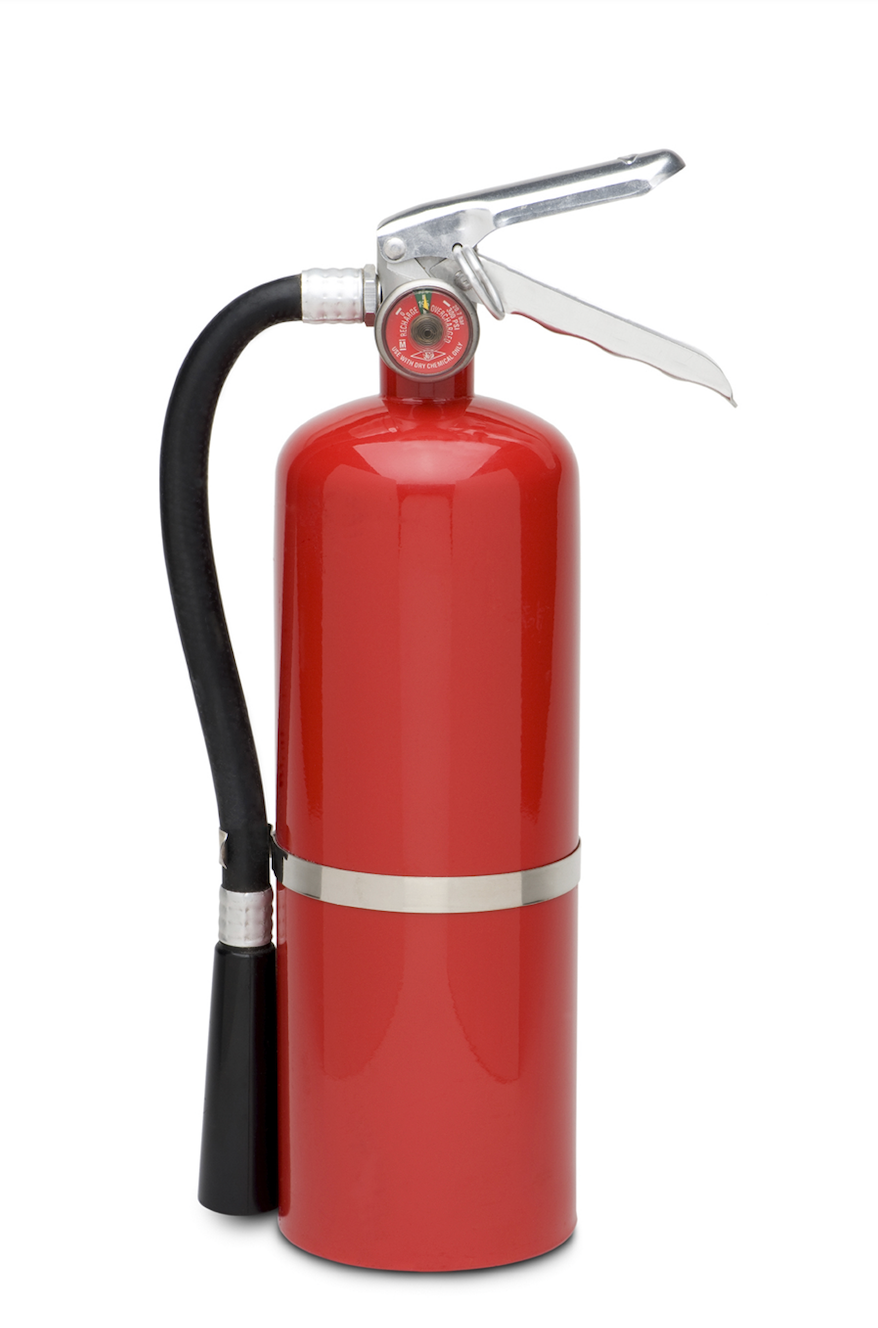
Top 4 Laser Safety Hazards and How to Safeguard Against Them
Laser technology has revolutionised various industries, but it comes with inherent risks that must not be overlooked. Understanding and addressing laser safety hazards is crucial to protect both workers and equipment.
In this article, we will highlight the top laser safety hazards and provide actionable tips on how to avoid them. By implementing proper personal protective equipment (PPE), following safety procedures, and investing in ongoing training, you can significantly reduce the risks associated with lasers.
- Eye Injuries from Laser Radiation:
Exposure to laser radiation can cause permanent eye damage. To prevent eye injuries, ensure that appropriate laser safety eyewear is worn by anyone working with or in close proximity to lasers. Select eyewear that is suitable for the specific laser type and wavelength being used.
- Fire and Electrical Hazards:
Lasers produce intense heat and can ignite flammable materials. To mitigate fire risks, maintain a clean and clutter-free workspace, and use fire-resistant materials. Additionally, ensure that electrical systems and laser equipment are properly grounded and regularly inspected to prevent electrical hazards.
- Chemical and Biological Hazards:
Certain laser applications, such as laser ablation and medical procedures, can release hazardous chemicals or biological materials. Use proper ventilation systems and follow established protocols for smoke (plume) evacuation, handling, storage, and disposal of these substances. Implementing proper waste management practices is essential to minimise the associated risks.
- Lack of Training and Awareness:
Insufficient training and awareness among employees can lead to accidents and injuries. Invest in comprehensive laser safety training programs that cover potential hazards, safe operating procedures, and emergency response protocols. Regularly update and reinforce training to ensure that employees stay informed about the latest safety practices by doing a refresher course.
Prioritising laser safety is paramount to prevent injuries and maintain a secure work environment. By addressing the top laser safety hazards, such as eye injuries, fire and electrical hazards, chemical and biological risks, and the lack of training and awareness, you can significantly minimise potential dangers. Implement proper PPE, adhere to safety procedures, and provide ongoing training to equip your employees with the knowledge and skills needed to mitigate risks associated with lasers. Remember, by investing in laser safety, you prioritise the well-being of your workforce and safeguard the integrity of your operations.
As always, if you have any questions, we are here to help, please reach out to us.
laser training, ipl, lllt, laser safety course, laser safety training, laser online, laser safety officer certificate, laser hair removal course, laser certificate, laser tattoo removal course, queensland, tasmania, western australia, nsw, Victoria, south Australia, act, Canberra, accredited, Aphra, cpd, nurses, laser ipl, doctor, beauty therapist, dermal therapist, laser therapist, laser course, sydney, brisbane, melbourne, laser safety course, low level laser, laser technician, podiatrist, dentist, physiotherapist, laser course near me, laser courses Brisbane, laser courses Melbourne, laser course sydney
Post Disclaimer
This blog post has been vigilantly researched and fact checked to ensure that it is accurate, reliable and up to date. You must keep in mind that errors and omissions may occur and that we welcome any feedback or corrections in this regard. We encourage you to do your own research to verify the accuracy and contemporary nature of the information presented.
